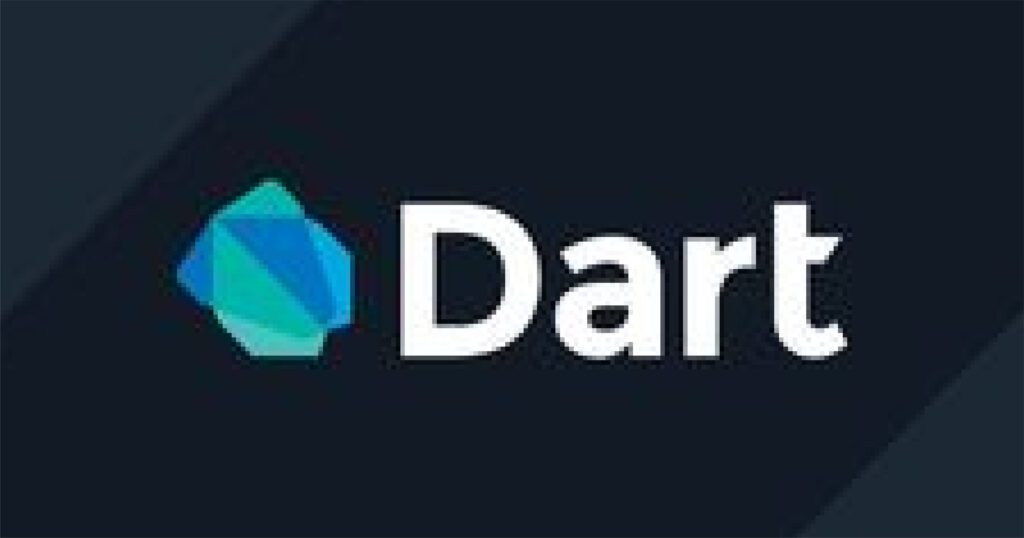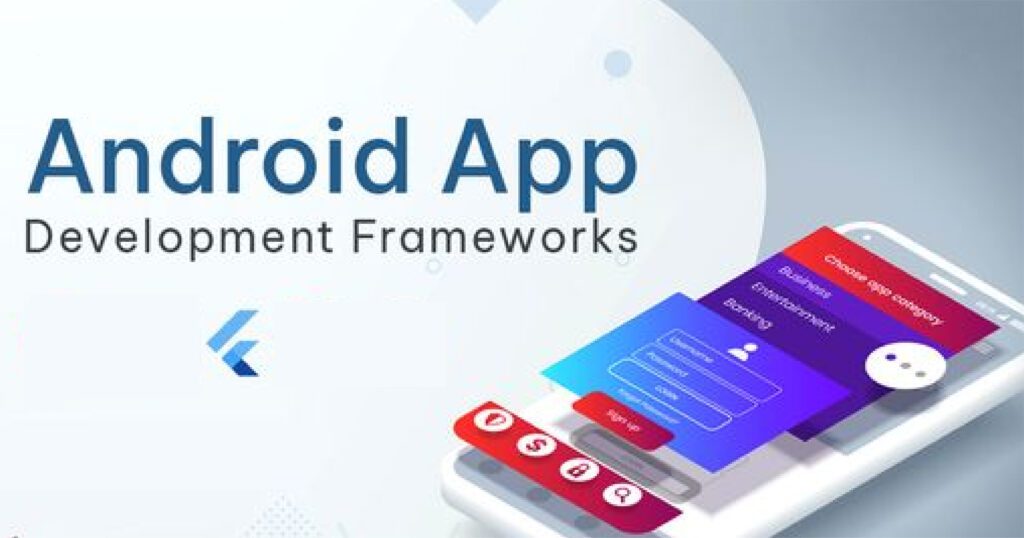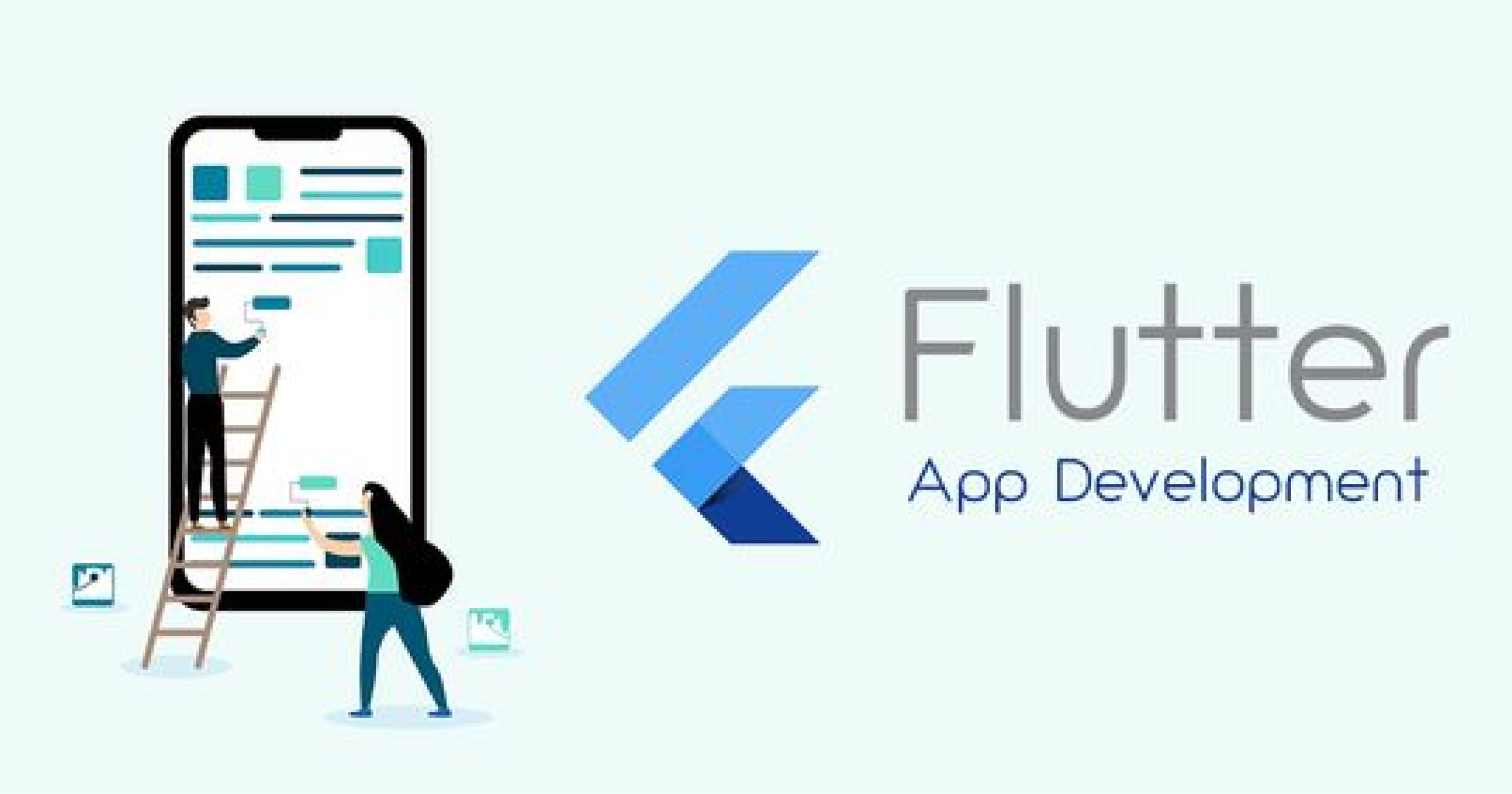Introduction
Flutter is an open-source UI software development kit that has grown to be a major force in the mobile app development industry because of its efficiency, cross-platform compatibility, and adaptability. With just one codebase, developers can use it to produce natively compiled, high-quality applications for desktop, web, and mobile platforms. Because the tech industry is constantly changing and employers are looking for candidates who have a firm understanding of Flutter's latest features and fundamentals, it is imperative that you stay up-to-date on Flutter interview questions and answers ideal to them as 2024 draws near. Knowing frequently asked Flutter interview questions and answers to them gives developers the edge they need to ace interviews and land the coveted jobs in the cutthroat employment market. This article seeks to give readers a thorough grasp of the importance of Flutter and to give developers the know-how ( flutter interview questions and answers) they need to be successful in the field.
Flutter Basics & Fundamentals
a. Basic Questions
What is Flutter and why is it unique?
Having a thorough understanding of flutter tops our list of flutter interview questions and answers. Flutter is an open-source UI software developed by Google that allows developers to create natively compiled applications for mobile, web, and desktop using a single codebase. Its distinct method of developing apps renders user interface elements using configurable widgets, providing a unified platform experience for the user. Real-time code changes are possible thanks to Flutter's hot-reload feature, which speeds up development and boosts productivity. Because of this, it's a great option for developing contemporary apps.
Describe the Dart language and its relevance to Flutter.

This query makes up the next item on our flutter interview questions and answers. Dart is a Google-developed object-oriented programming language that powers Flutter, a scalable application framework. With features like Ahead-of-Time (AOT) compilation and Just-In-Time (JIT) compilation, it's simple to learn for developers coming from C++, Java, or JavaScript. Developers familiar with C++, Java, or JavaScript will find Dart's syntax to be quite helpful in Flutter. Its robust typing system and effective memory management let programmers design applications that are responsive, slick, and powerful.
How does Flutter differ from other mobile app frameworks?

Likewise, this is also a crucial component of flutter interview questions and answers. Flutter is a novel mobile app framework that cuts down on development time and effort by providing a single codebase for a variety of platforms. Unlike WebView-based solutions, it relies on its own set of widgets to guarantee consistent UI elements across platforms. The ability to see the results of code modifications is provided by Flutter's hot-reload feature, which speeds up iteration and boosts productivity. For projects needing effectiveness, cross-platform compatibility, and a refined user experience, this makes it the perfect option.
Answers & Explanations
Flutter's widget-based architecture and its benefits.

Widgets are the core building blocks of the user interface (UI) framework Flutter. These reusable components have a hierarchical structure and range from buttons to screens. This approach allows for high customization and flexibility in designing UIs, enabling developers to create visually appealing and complex designs. Because widgets can be used in different applications or projects, it also encourages code reusability. Because Flutter widgets are directly compiled to machine code, they offer consistently good performance and seamless user interfaces.
Dart's object-oriented features and just-in-time compilation.
Dart, the programming language underlying Flutter, is deeply rooted in object-oriented principles. This means that it treats data and behavior as self-contained entities known as objects, allowing for efficient code organization and modularity. Scalability and code maintenance are made easier with this method. Additionally, code changes can be instantly reflected in the running application thanks to Dart's just-in-time (JIT) compilation feature, which promotes rapid development. This drastically reduces iteration times during development, enhancing productivity and enabling developers to experiment and refine their code with ease.
Flutter's single codebase for cross-platform development advantage.
With the help of the Flutter platform, developers can create apps for the web, desktop, iOS, and Android operating systems all from a single codebase. This streamlines development efforts and ensures consistent behavior across devices. Conventional frameworks cause disparities in user experience and development time by requiring distinct codebases for every platform. Flutter centralizes development, resulting in faster time-to-market and cost savings. It also simplifies the process of implementing updates and new features, eliminating platform-specific modifications.
Flutter Widgets & UI Components
a. Intermediate Questions
What are stateless and stateful widgets?
The importance of this question cannot be undermined and that is why it has appeared on our flutter interview questions and answers list. Having knowledge of these widgets make up the next item on our flutter interview questions and answers list. Widgets are the building blocks of user interfaces in Flutter. Stateless widgets, which are used for elements like labels and icons that don't change, are unchangeable and immutable. They are efficient and are used for static elements like labels or icons. Conversely, stateful widgets are dynamic and can be updated over time with new data. They react to user interactions, database changes, or other events, making them crucial for creating interactive components like buttons, forms, and animations.
Describe the widget lifecycle in Flutter.
No flutter interview questions and answers sheet can be done without this query. Describing the widget lifecycle is a commonly or frequently seen in most flutter interview question and answers list. The widget lifecycle in Flutter is a systematic procedure that begins with the createstate() method, builds the element tree, rebuilds when the state changes, deactivates a stateful widget when removed from the tree, and ends with widget deletion. Because it aids in managing the widget's state and guarantees effective UI updates, this lifecycle is essential for maintaining state.
How do you manage themes and styles in Flutter?
The next on our flutter interview questions and answers sheet is this. Flutter is a powerful tool for managing themes and styles, which define an application's overall look and feel. Themes, which include colors, fonts, and other visual elements, can be applied globally or specific to specific parts of the UI. These can be applied universally or only to particular areas of the user interface. Conversely, styles enable uniform application of visual attributes to specific widgets. The TextStyle class controls the styles for text elements and other widget types in Flutter, while the Theme class is used to customize attributes.
Answers & Explanations
Differences and use cases for stateless vs stateful widgets.
When representing static elements like labels, icons, or images without mutable data, stateless widgets are efficient and immutable. They don't require extra management to create or dispose of. Conversely, stateful widgets can be rebuilt with new data over time and retain a modifiable state. They are particularly helpful when the user interface (UI) needs to respond dynamically to events, data changes, or user input. They are essential for creating interactive components like buttons, forms, and animations. A form that gathers user credentials, for example, would be implemented as a stateful widget, whereas a login button would be implemented as a stateless widget.
Widget creation, mounting, and rendering process.
Creation: The constructors of widgets are used to instantiate them.
Initialization: The createState() function is called for stateful widgets, enabling the widget to initialize any necessary resources or properties.
Build: The widget's element tree is created by calling the build() method, which also specifies the UI elements it will include.
Rebuild (Stateful Widgets): The build() method is invoked once more upon a change in the widget's state, reconstructing the user interface to match the modified state.
Deactivation (Stateful Widgets): A stateful widget becomes inactive when it is taken out of the widget tree.
Deletion: The widget is free to be garbage-collected after being taken down from the widget tree.
Theming techniques and best practices in Flutter.
Developers can specify global or UI-specific visual properties like colors, fonts, and shapes using Flutter's Theme class. Consistency is crucial for a visually appealing user experience. The default theme can be extended or changed with custom themes, and maintainability is enhanced by keeping theme-related code and business logic apart. Keeping theme-specific constants in a separate file or class makes managing visual properties easier. By following these techniques, developers can create visually appealing and user-friendly applications with Flutter.
Advanced Flutter Concepts
a. Advanced Questions
How does Flutter handle asynchronous operations?
Coming up next on our flutter interview questions and answers is this question. Flutter is a framework that simplifies asynchronous operations, such as fetching data from a remote server or performing I/O operations. It uses Future and Stream objects to handle asynchronous code. Futures are possible values or errors that programmers can run in an asynchronous manner and obtain when the process is finished. Streams are sequences of asynchronous events that allow for continuous data flow, such as real-time updates or user interactions. Flutter also provides asynchronous functions like async and await, which make it easier to work with Futures.
Explain the role of BLoC pattern in Flutter.
The next question on our flutter interview questions and answers is this. Having this question on our flutter questions and answers list is no surprising at all. Data and business logic in applications are managed by the Flutter design pattern called BLoC. Code is more organized and manageable when the presentation layer and business logic are kept apart. A BLoC that controls the application's state and business logic, events that cause state changes, states that stand in for various application conditions, and sinks and streams that convey state changes are among the essential parts. Applications built using this pattern are easier to unit test because the business logic is separated from the user interface.
What are Flutter's testing capabilities?
This is equally important on our flutter interview questions and answers list. Unit testing, widget testing, integration testing, and golden testing are among the testing methods available with the Flutter testing framework. Unit testing ensures that small code units are correct by enabling developers to test individual functions, methods, or classes separately. Widget testing allows developers to test the behavior and appearance of individual widgets or widget trees, particularly for UI components and interactions. To verify anticipated functionality, integration testing examines the complete program or certain sections of it. Golden testing ensures consistency between runs by comparing a widget's visual output to a saved "golden" version.
Answers & Explanations
Dart's Futures and Streams for asynchronous tasks.
Dart uses Futures and Streams to efficiently manage asynchronous operations. Futures allow code to be executed without blocking by representing potential values or errors. They allow developers to attach callbacks to Futures, ensuring responsiveness during time-consuming tasks. Streams are sequences of asynchronous events, crucial for handling continuous data flow and real-time updates. Developers are able to respond to events and offer a dynamic user experience by listening to Streams. When Futures and Streams work together, Dart becomes incredibly responsive and able to handle intricate tasks without interfering with the user interface.
Benefits of the BLoC pattern for state management.
For state management, Flutter applications with the BLoC pattern provide a number of advantages. It promotes separation of concerns by isolating business logic from the presentation layer, enhancing code organization and ease of understanding, maintenance, and scaling. By unit testing business logic separate from the user interface, it makes testability easier and results in more dependable and stable applications. Reactive programming is supported by BLoC, enabling a stream-based method to handle state changes and delivering a seamless user experience. Additionally, code reuse within various application components is made possible by BLoC.
Unit, widget, and integration testing in Flutter.
Unit, widget, and integration testing are among the testing levels available in the Flutter testing framework. Unit testing focuses on individual code units, ensuring correct behavior. Widget testing checks that individual widgets behave as intended, making sure that user interface elements display properly and react to user input. Integration testing evaluates the overall functionality of the application, evaluating interactions between widgets and data flow. Because of Flutter's testing features, developers can use a test-driven development methodology to create software that is more error-free and has fewer bugs.
Flutter 2024 Updates & Trends
a. Trending Questions
What are the new features in Flutter 2024?
Expect more of such flutter interview questions and answers to them. Flutter 2024 is set to introduce several new features and enhancements, including enhanced support for desktop platforms like Windows, macOS, and Linux, improved animations, augmented reality integration, and accessibility features. These updates will enable developers to create more engaging and interactive user experiences, pushing the boundaries of what's achievable with the framework. Additionally, Flutter is expected to introduce improvements in tooling and IDE integrations, including hot-reload capabilities and more robust debugging tools, making the development process smoother and more efficient.
How has Flutter's performance evolved over the years?
Knowing this and other flutter interview questions and answers to them gives you leverage. Because Flutter can compile code directly to native ARM machine code, it has become much more performant over time, producing snappier and more responsive applications. Over time, Flutter has undergone optimizations, including ahead-of-time and just-in-time compilation features, which have improved startup times and reduced memory overhead. For improved graphics performance, Flutter's rendering engine, Skia, has also been updated. Community-driven efforts to profile and optimize Flutter applications have been instrumental in helping to continuously improve the framework's performance through benchmarking, cooperative initiatives, and feedback.
What's the future trajectory for Flutter development?
This question makes up the last but not the least question on our flutter interview questions and answers. Flutter's future is promising due to its expanding versatility across platforms, enabling seamless creation of applications for mobile, web, and desktop. Cross-platform plugins are anticipated to proliferate in the Flutter community, allowing developers to take advantage of native device features. Flutter's presence in emerging technologies like IoT and AR is expected to grow, and its influence in the enterprise sector is expected to expand.
Answers & Explanations
Key updates and new widgets introduced in 2024.
Significant changes and new widgets, such as improved desktop platform support, sophisticated animations, and augmented reality integrations, are part of Flutter's 2024 evolution. These advancements enable developers to extend their applications to Windows, macOS, and Linux environments, and streamline the development process with refined hot-reload functionality and robust debugging tools.
Performance improvements and optimization techniques.
Flutter's distinct method of compiling code to native ARM machine code has allowed for significant efficiency gains. By 2024, the user experience will be improved by faster startup times and lower memory usage thanks to advancements in AOT and JIT compilation techniques. Community efforts in profiling and optimizing Flutter applications continue to contribute to its performance capabilities.
Flutter's roadmap and its role in future app development.
Future developments for Flutter will likely include more platform versatility and a single codebase for desktop, web, and mobile applications. An even more integrated user experience will be made possible by cross-platform plugins and integrations that improve native device features. Flutter is well-positioned for IoT and AR applications due to its flexibility and high performance. Its influence in the enterprise sector is expected to grow, making it a valuable choice for app development.
Preparation Tips for Flutter Interviews in 2024
Having practical experience working on Flutter projects, keeping up with Flutter's official documentation, and participating actively in Flutter communities and forums are all necessary for success in the cutthroat Flutter development industry. Building real-world applications showcases technical skills and problem-solving proficiency. Regularly reviewing Flutter's newer flutter interview questions and answers to them, and participating in forums provides insights and opportunities for learning. One can demonstrate themselves as a committed and knowledgeable Flutter developer prepared to take on challenges in 2024 and beyond by combining these suggestions.
Conclusion
Flutter is still relevant for app development in 2024, as evidenced by its changing ecosystem. To overcome challenges and take advantage of opportunities, developers must constantly learn and practice this skill. The cornerstones of success are practical experience, comprehension of Flutter's documentation, and involvement in the developer community. Use the flutter interview questions and answers samples provided in this article to work your way en route to success.



